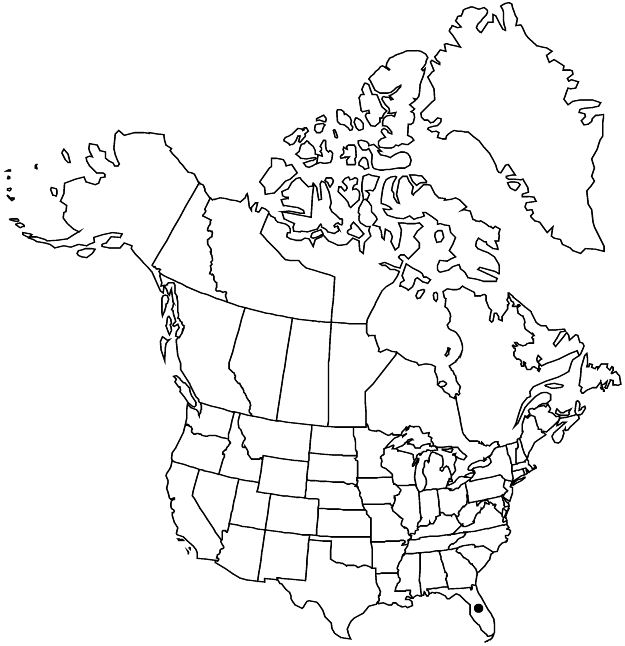Difference between revisions of "Muntingia calabura"
Sp. Pl. 1: 509. 1753.
Common names: Calabura Jamaica cherry
IllustratedIntroduced
Treatment appears in FNA Volume 6. Treatment on page 186.
imported>Volume Importer |
(test illustration copyright property modification) |
||
| Line 47: | Line 47: | ||
|basionyms= | |basionyms= | ||
|family=Muntingiaceae | |family=Muntingiaceae | ||
| + | |illustration copyright=Test institution | ||
|phenology=Flowering ± year-round. | |phenology=Flowering ± year-round. | ||
|habitat=Disturbed, nonsalty sites | |habitat=Disturbed, nonsalty sites | ||
Latest revision as of 20:06, 3 May 2021
Leaves: petiole 2–5 mm; blade 60–150 × 20–50 mm. Pedicels 5–20 (–35) mm. Flowers: 8–12+ mm; petals 12–20 mm. Berries 10–15 mm diam. Seeds 0.4–0.5 × 0.2–0.3 mm. 2n = 28 (Costa Rica), 30 (India).
Phenology: Flowering ± year-round.
Habitat: Disturbed, nonsalty sites
Elevation: 0–10+ m
Distribution

Introduced; Fla., Mexico, West Indies, Central America, South America, also in Old World Tropics
Discussion
Muntingia calabura has been reported as a spontaneous weed in commercial greenhouses in California. It was evidently brought into California with coco fiber used in hydroponics installations (F. Hrusa et al. 2002). Fruits of M. calabura are reputed to be prized by bats, birds, children, and fish.
Selected References
None.
Lower Taxa
None.
... more about "Muntingia calabura"
asymmetric +
connate +
veined +
lanceolate;lanceolate-linear +
distinct +
baccate +
spheric +
mixed +
setiform +
Present +
true +
absent +
alternate +
serrate +
irregular +
absent +
stipitate +
superior +
caducous +
distinct +
Sp. Pl. +
1753 +
yellowish +
100;200 +
lenticular +
valvate +
caducous +
10;75 +
5;7 +
decurrent +
supra-axillary +
hairy +
Muntingia calabura +
Muntingia +
species +
branched +
tangled +
stellate +
setiform +
